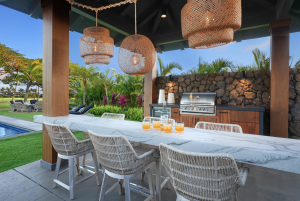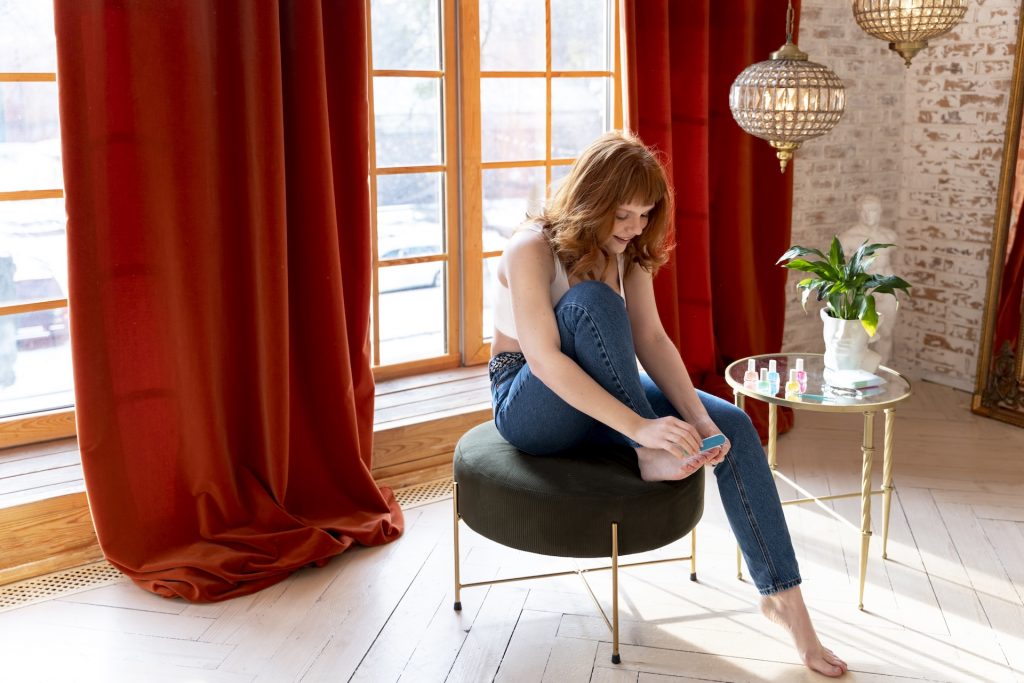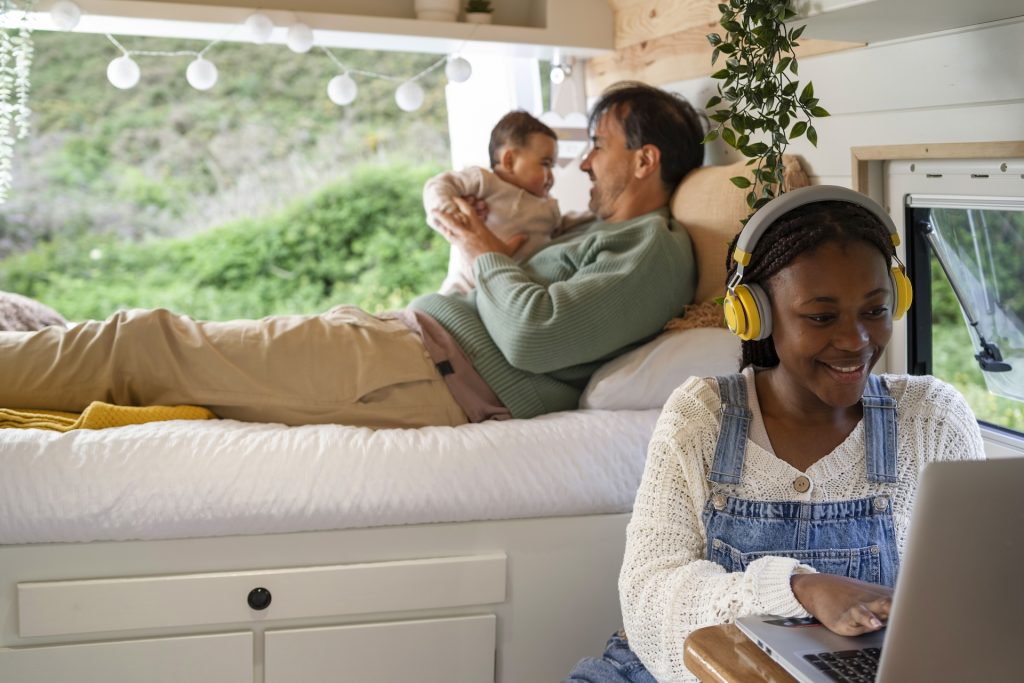
Soundproofing on a Budget: How to Handle Noise Complaints Before They Happen
Most vacation rental noise issues can be solved for under $300 and a weekend of work.
Nothing kills a five-star review faster than a noise complaint. Whether it’s thin walls, street traffic, or rowdy neighbors, sound issues can transform your dream property into a host’s nightmare. The good news? You don’t need to gut your rental or spend thousands on professional acoustic treatment to solve most noise problems.
The Real Cost of Noise Complaints

Before diving into solutions, let’s talk numbers. We looked at our data and here’s what we found: properties that receive noise-related complaints see their average rating drop by 0.3 stars within 30 days, which translates to a 12-15% decrease in booking inquiries. Meanwhile, listings with an average rating of 4.9 stars or above in 2023 had approximately a 10% higher occupancy rate and 18% higher revenue than their lower-rated counterparts. We also know that 79% of consumers say they trust online reviews just as much as a personal recommendation.
All that to say, consistent unaddressed noise complaints can have a major impact on your business.
The most successful hosts take a proactive approach: they identify potential noise issues before guests do and address them systematically. Here are a few tips on how to handle noise complaints before they become a problem.
Quick Wins: The 48-Hour Soundproofing Solutions
Door and Window Seals ($20-50)
Your biggest sound leaks are often the simplest to fix. Weatherstripping around doors and windows blocks both outside noise and sound transfer between rooms. Focus on:
- Entry doors (especially important for street-facing units)
- Bedroom doors
- Windows facing busy streets or neighbor properties
- Any gaps under doors, use door sweeps or draft stoppers
Strategic Furniture Placement ($0-100)
Rearrange what you already have to create natural sound barriers:
- Place bookcases or wardrobes against shared walls
- Position beds away from thin walls shared with neighbors
- Use your sofa as a buffer between living areas and bedrooms
- Add area rugs in high-traffic zones (bonus: they reduce noise complaints from downstairs neighbors)
White Noise Solutions ($25-75)
Sometimes you can’t eliminate noise, but you can mask it:
- Provide quality white noise machines in bedrooms
- Install quiet ceiling fans for consistent ambient sound
- Consider small water features for patios or balconies facing noisy streets
Learn more about listing with Whimstay
Medium-Investment Solutions That Actually Work

Soft Furnishings Strategy ($100-300)
Hard surfaces amplify sound, while soft materials absorb it:
- Heavy curtains or blackout drapes (dual purpose for light and sound control)
- Throw pillows and blankets in living areas
- Upholstered headboards instead of metal or wooden ones
- Canvas wall art instead of framed pieces with glass
DIY Acoustic Panels ($50-150)
You don’t need expensive studio equipment. Create attractive sound-absorbing panels using:
- Fabric-wrapped foam panels behind artwork
- Decorative tapestries on shared walls
- Cork boards styled as design elements
- Fabric-covered moving blankets mounted as wall hangings
Floor Treatment ($75-200)
Especially critical for upstairs units:
- Thick area rugs with quality padding underneath
- Interlocking foam tiles in exercise or play areas
- Carpet runners in hallways and high-traffic zones
Addressing Specific Problem Areas

Street Noise
For rentals facing busy roads, construction, or nightlife, the key is creating multiple layers of sound protection. Start by doubling up on window treatments with both blinds and heavy curtains, which can significantly reduce exterior noise penetration. When possible, relocate sleeping areas to the quietest side of the property, away from street-facing windows.
Thoughtful touches like providing high-quality earplugs show guests you understand urban challenges and care about their comfort. For properties with persistent street noise issues, consider installing window inserts, essentially temporary secondary windows that can reduce noise by 10-15 decibels for around $200-400 per window.
Neighbor Noise
When walls are paper-thin and neighbor sounds become disruptive, strategic interior design becomes your best defense. Create a buffer zone by positioning large furniture pieces like bookcases, wardrobes, or upholstered seating against shared walls. Soft wall hangings such as tapestries, fabric art, or even decorative quilts can absorb sound while adding visual appeal. Layer rugs and soft furnishings throughout the space to minimize sound reflection, and always position entertainment centers, TVs, and speakers away from shared walls to prevent your guests from inadvertently disturbing neighbors.
Internal Noise Transfer
For multi-level rentals or open floor plans where sound travels easily between spaces, focus on sealing gaps and softening hard surfaces. Install door sweeps on all bedroom doors to prevent sound from traveling underneath, and upgrade to soft-close cabinet doors and drawers to eliminate slamming noises. Consider providing house slippers as an amenity—guests appreciate the comfort, and you’ll reduce footstep noise throughout the property. Weather stripping around interior doors creates an additional sound barrier while also improving energy efficiency.
Learn more about Whimstay’s host referral program
The Guest Communication Strategy
Sometimes the best soundproofing is setting proper expectations:
In Your Listing
- Be transparent about urban location noise levels
- Mention any ongoing construction or seasonal noise issues
- Highlight your soundproofing improvements as amenities
In Your Welcome Guide
- Include a "Quiet Hours" section with local noise ordinances
- Provide tips for minimizing noise (removing shoes, closing doors gently)
- Explain how to operate white noise machines or fans
- Share your contact info for any noise concerns
Proactive Check-ins
Send a message 24 hours after check-in asking specifically about noise levels. This shows you care and gives you a chance to address issues before they become complaints.
When DIY Isn’t Enough

Some situations require professional help, but even then, you have budget-friendly options:
Targeted Professional Solutions ($300-800)
- Acoustic caulk for serious gaps and cracks
- Sound-absorbing paint (yes, it exists and works moderately well)
- Professional weatherization services
- Consultation with an acoustic engineer (often under $200 and can save you from expensive mistakes)
Know When to Pivot
If noise issues persist despite your efforts, consider repositioning your property:
- Market to digital nomads who work during day hours when ambient noise is expected
- Target business travelers familiar with urban environments
- Adjust pricing to reflect the urban trade-offs while highlighting other amenities
Measuring Success
Track these metrics to gauge your soundproofing efforts:
- Noise-related complaints per month
- Overall review scores (noise issues typically drag down all ratings)
- Repeat bookings (guests who return clearly weren't bothered by noise)
- Time between complaint and resolution
Your Soundproofing Action Plan
Most vacation rental noise issues can be solved for under $300 and a weekend of work. The key is taking a systematic approach: identify your biggest sound leaks first, implement quick wins immediately, and then tackle larger projects based on guest feedback.
The hosts who get ahead of noise complaints often earn positive mentions for being thoughtful about guest comfort. In a competitive market, that attention to detail can be the difference between a struggling property and a consistently booked one.
Learn more about Whimstay’s host referral program
+ Articles:
 Download
Download 




